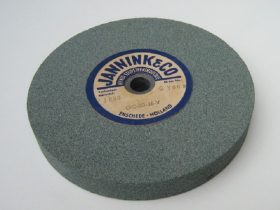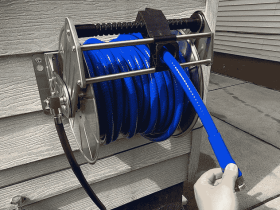A resistant spot. Welder is designed to deliver a low voltage, high current electrical pulse in a welding machine. The Weld electrodes are made of copper because copper has a low resistance to current flow, which allows it to conduct electricity with ease. Steel is a very poor conductor of electricity, and it will resist the Weld current as it flows from the spot welder. The friction created by the current, forcing its way through the metal, heats the Weld area to over 2 0 degrees Fahrenheit. The squeezing pressure from the Weld electrodes now compresses the molten area and fuses the two metal surfaces into one solid nugget.
How Does Spot Welding Work?
By maintaining the squeeze pressure for a short time. After the Weld current is shut off, which is known as the whole time, the molecules in the welded material remain compressed as the weld cools. This additional pressure results in much stronger Weld electricity in your shop, How it Works, and why you need to understand how it affects the performance of your Welders and other equipment. Single Phase This is how the electricity is delivered from the electric company. When viewed in a telescope, the current is a sine waveform that alternates between positive and negative polarity across the zero lines.
This form of electricity is called alternating current or AC. The frequency of the wave cycles is always consistent, and it is measured in cycles per second or Hertz. One Hertz is one complete wave of current starting at zero, moving up to the maximum or peak level, falling through zero, and then up again from the negative peak to the zero lines. Again, Let’s look up close at one sine wave. The AC waveform alternates through the zero lines from positive to negative at three different times.
In one cycle, the power is zero as the current completes the cycle. This means that there are inherent losses involved in AC power. A loss results in inefficient use of available power, and when used with resistant spot welding, the weld quality is negatively effective. The slow-motion graphic of a spot.
Well, there is an irregular pulsating 60 Hertz delivery of Current Get three-phase power from the electric company if you want to use better Welder technology for better wealth. The entire waveform starts as a single cycle, but it is followed by a second sine wave delivered 120 degrees after the first one, and a third sine wave is started 120 degrees after the second one. Remember, AC has one sine wave per cycle, but a three-phase current has three sine waves per cycle during the same period with three times the sine wave; the three-phase current is much better than a single phase.
However, the three-phase sine waves still alternate through zero, resulting in losses. To isolate the three phases and make the current more efficient, it can be directed through a device called a diode. A diode allows current to flow through it in only one direction. If a group of four diodes is arranged as a bridge and the AC voltage is connected across it, a bumpy but positive polarity ripple results. The process is called rectification, and the output that comes from this process is called direct current or DC.
The DC wave is much smoother than the non rectified wave. This results in less loss and makes the three-phase DC better for welding. Then single-phase AC.
Both the 208 Voltage 60 Hertz standard in India and the 400 Volt 50 Hertz standard in Europe and Asia have limitations when they are used to run high-powered equipment like Spot Welders. The vendors of this equipment need to find new ways to increase machine efficiency and power output by developing new technologies. The latest Welder technology used to optimize the delivery of electricity is to use the inverter. The inverter works exceptionally well with resistant spot welding. how it works. The same three-phase current is employed, but before converting it to DC power, this runs through an inverter, the system converts the wave shape into a square wave.
Square waves can be controlled better than sine waves, allowing higher operating frequencies. For example, a three-phase DC Spot Welder that uses the older technology delivers 180 cycles per second. Pro Spots PR 2,000 uses Inverter technology and operates at 2 0 cycles per second. The output waveform produced by the Pro Spot PR 2,000 is perfect for resistant spot welding. As you can see in the slow motion, the current delivery is perfectly smooth. Another advantage with the Inverter technology is that the current drawn from the body shop voltage source is reduced, which provides a surplus of power to other equipment in the shop.











Leave a Review